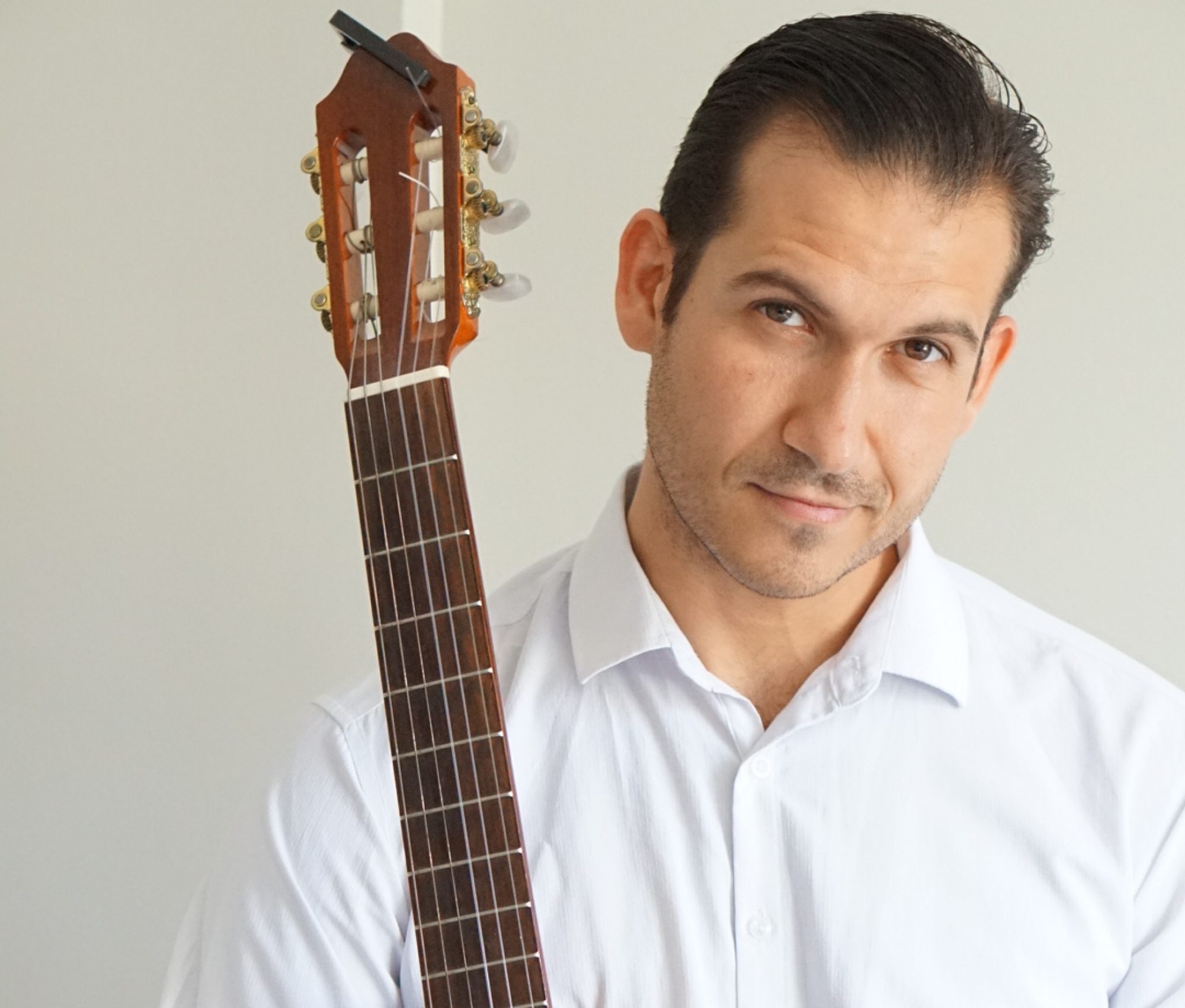Balancing Act
Singing a straight or still note (two different ways to describe the same thing) is literally a balancing act. Maybe you learnt to ride a bike – same thing – you had to practice over and over and over to learn to ride in a straight line, without falling off to the left or right or veering to the left or right.
Singing a steady, non-shaky note is the same concept. There is a strength that you have to develop when you are on that bike. There are muscles which are learning to work together at the same time, and gradually get stronger at holding the upright, straight position. Your singing voice will need the same development. You don’t need to consciously think of the muscles – the same way you don’t think about it much when learning to ride a bike. The feelings inside your throat and lungs is very subtle – the same way the balance feelings of a riding a bike are very subtle.
Same for driving, handstand, floating in water, walking on a balance beam and any other skill where you need to balance.
Beginners and even some intermediates really struggle to sing even a single note steadily, for more than even a half second. So when a beginner tries to put a sequence of multiple notes together to sing a line of a song, the likelihood of it sounding shaky or unsteady is very high. This shakiness is perceived as being off pitch or off key. Off pitch is the better term, as the singer may be aware which note they are singing, but they just don’t have the strength to ‘balance’ the note and keep it steady/still/straight.
Learning to steady every note
First, you must start with one note, and be able to comfortably keep it steady for at least 3 seconds, then you work up to longer holds, up to 20 seconds (the most anyone usually holds a note in a song).
You learn to do this across your entire range, from low to mid to high, as well as in your falsetto. You will notice your voice sounds more beautiful as the notes get steadier.
How can you tell if you are steady? I have developed Singing Pitch Trainer, to allow you to see exactly where your voice is in relation to a target note. The straighter the line that represents your voice is, the steadier you are. This takes dozens to hundreds to thousands of repetitions to build into your ability. You didn’t learn to ride a bike or hold a handstand in a day – a baby doesn’t learn to walk straight in a day – and neither will you learn to sing steadily in a day. It will take persistence and patience for several months to years.
Singing songs requires you to sing steadily across a wide variety of note sequences. every line of a song has a unique sequence of notes (made of a variety of intervals) and a unique set of lyrics to sing those notes on. This is why your training will take time, and will need to be specific to the songs you are training. It’s not enough just to train your note accuracy on scales and non-song exercises. You must train on the exact lyrics and melody you are actually attempting to sing.
This is a complicated process, but I have removed the difficulty out of it as much as possible with the creation of Singing Pitch Trainer. You program in the notes of a line or verse or more of a song, using the sheet music (which is always correct, and the same way people learn instruments), and then you proceed to sing each note of the phrase at a slow speed, gradually improving your stability of every note, learning to ‘balance’. Once you are able to do it slow, then you gradually make it faster, while still checking you are steady across the note changes.
The more you do this, the more confidence you will have in your ability to sing notes accurately and steadily, and be more aware of the changes your voice has to make for every upcoming note.
Another similar analogy is learning to read a map, and gradually not needing the map anymore. If you are going somewhere that requires lots of changes in directions (like a song does), you will require a high number of repetitions to get to the point where you don’t need a map to assist you anymore.
Other reasons for shakiness
Sometimes sing shakily because they are attempting to recreate a vibrato that is happening in a phrase. If the singer is not capable of a vibrato that is at the same speed and width that the song is doing, they will sound off. This can be perceived as out of control, shaky, wobbly, uneven, off-pitch or off-key. Vibrato is a skill that must be developed on it’s own, after a singer can comfortably hold a note for a few seconds at least.
Sometimes a singer is trying to hold a note that holds a bit longer than the notes around it. Because a singer hasn’t developed their steadiness, they start to shake.
Sometimes a singer hasn’t taken in enough air at the beginning of the phrase, so they start to shake at some point in the phrase, as their air is running out.
Sometimes a note or phrase has or high notes that the singer is not as comfortable with as the other notes in the phrase – these higher notes are harder to stabilize and also require more air – another major reason why so many people struggle to increase their range – they can’t isolate their weaknesses correctly in order to work on them in isolation.
You can straighten out your notes and sound more beautiful, no matter your starting point. Good luck in your singing journey.
Thanks
Rached
